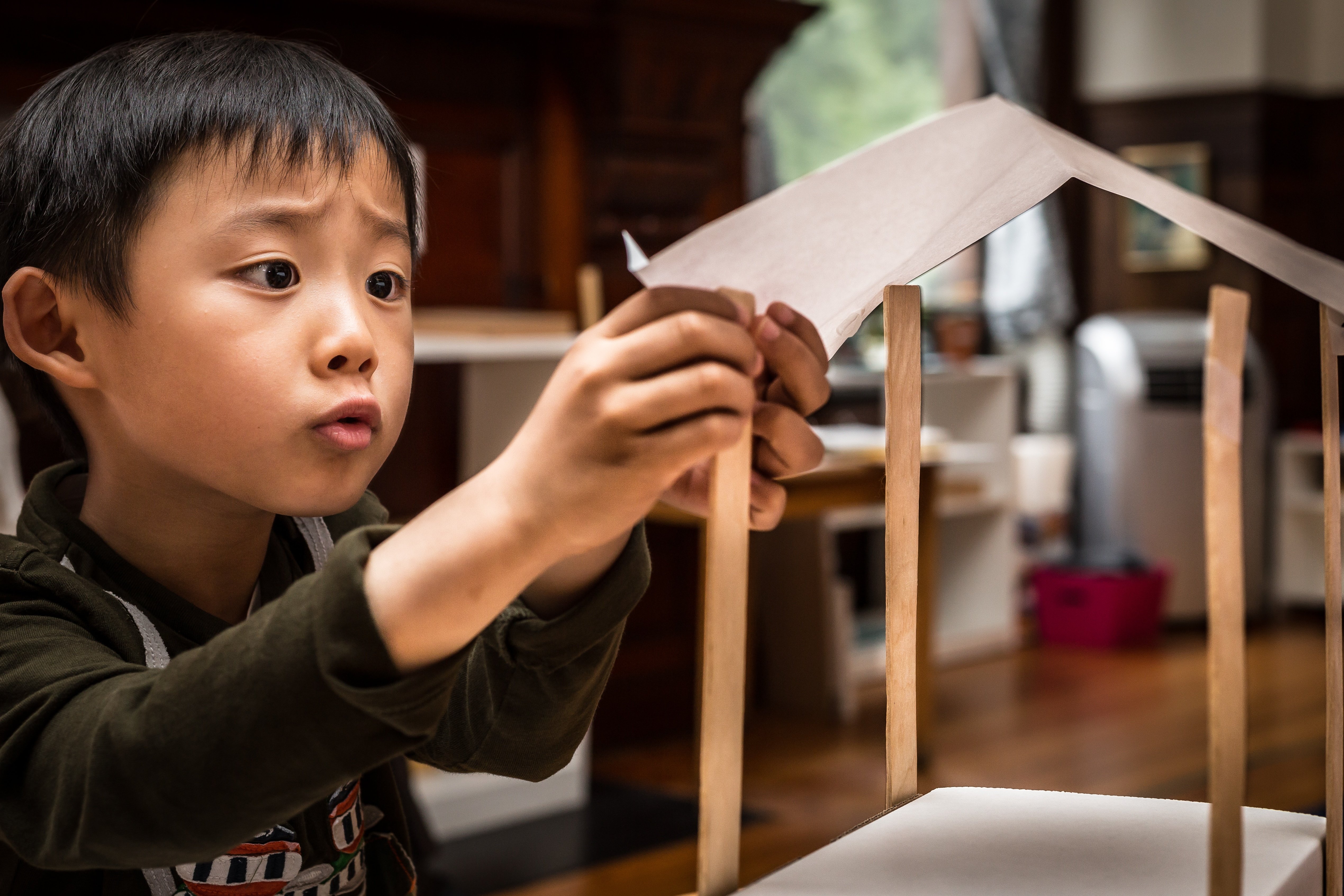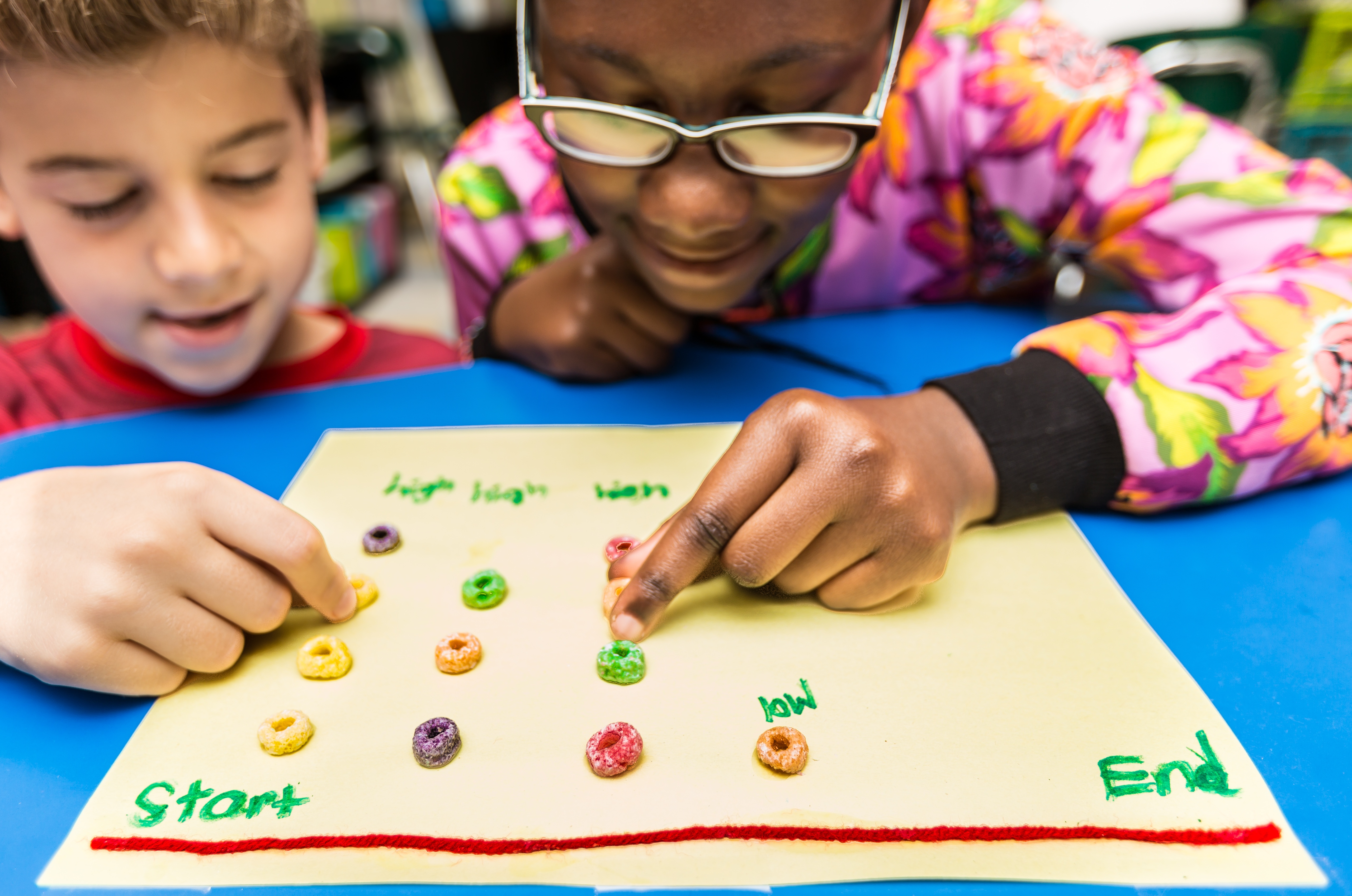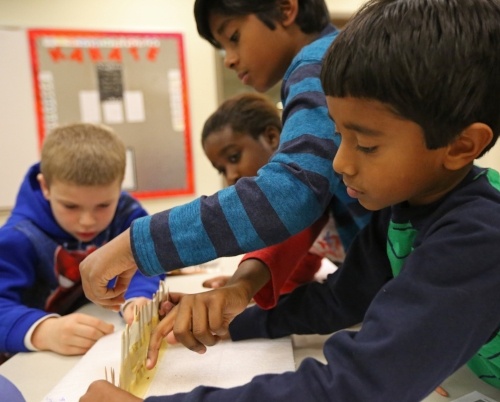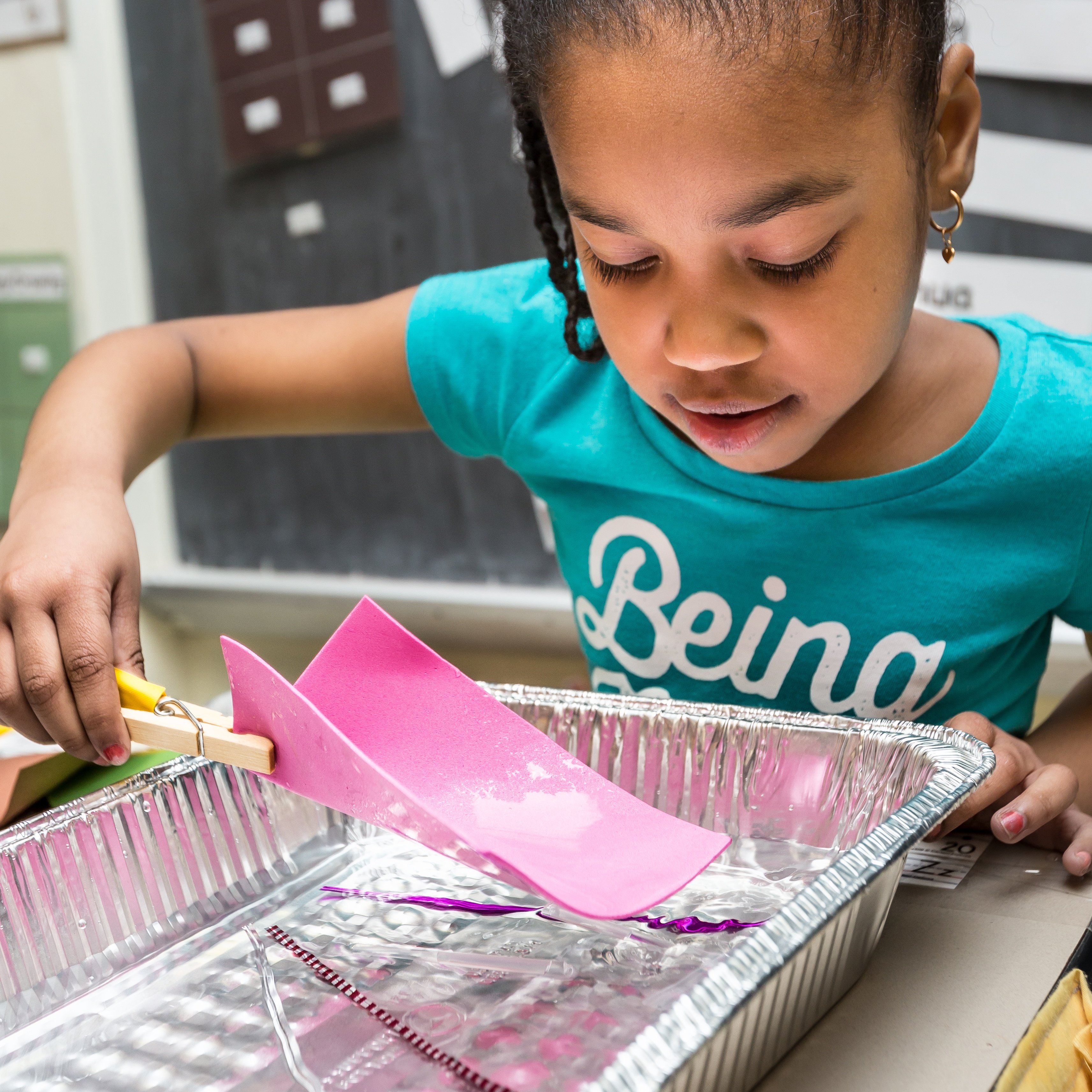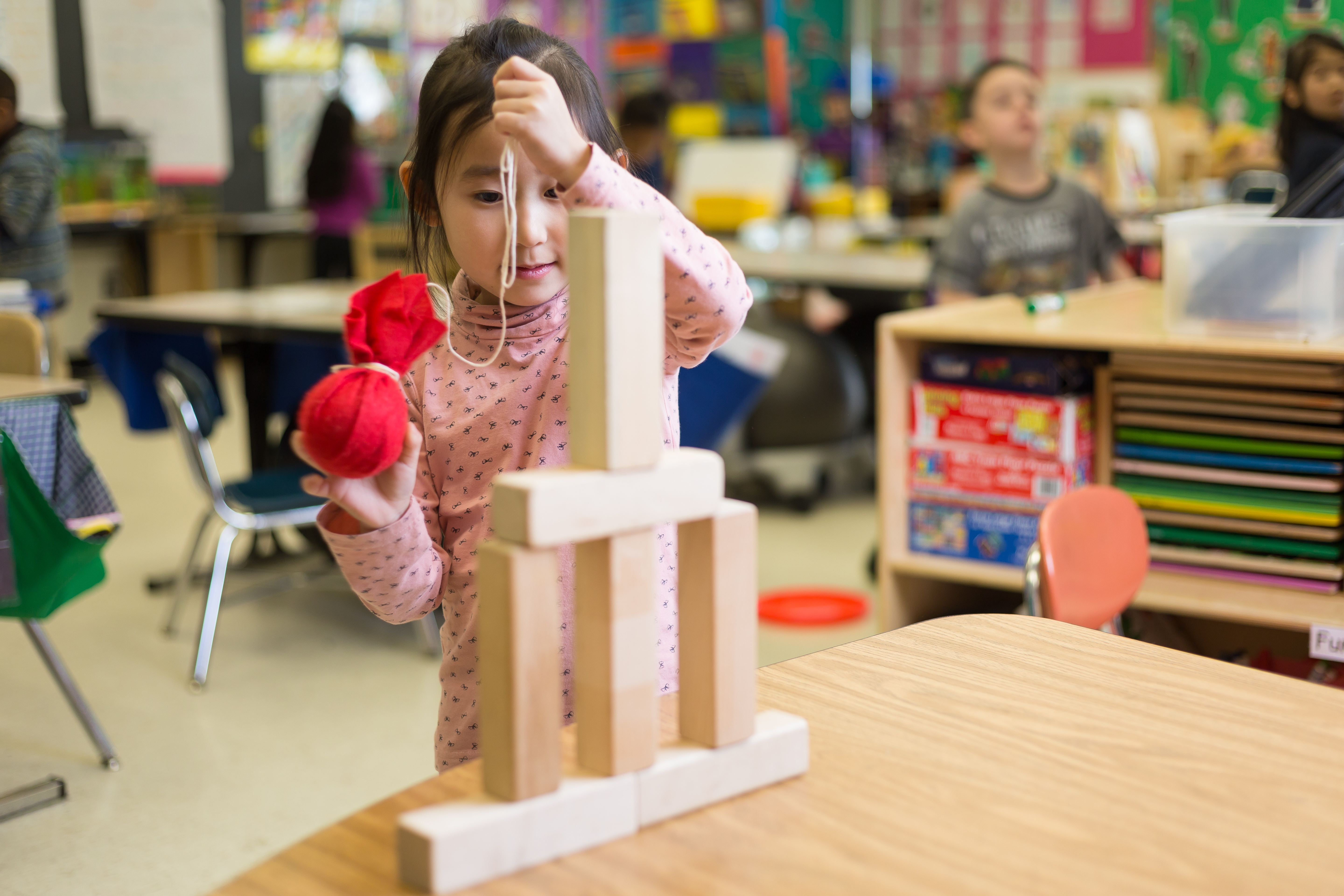Young learners are natural engineers, ready to innovate and eager to explore the world around them. Extending our curricula offerings to the youngest learners and creating an engineering design process for the preschool classroom seemed like a natural next step for EiE. Our newest curricula, Wee Engineer and EiE for Kindergarten, are picking up press With our recent feature in T.H.E. Journal, we were reminded how much we couldn’t have created our newest offerings without our closest collaborators: educators! Every EiE unit undergoes multiple rounds of pilot testing to ensure that educators can implement engineering with ease. Our pilot educators teach in a variety of settings and have varying levels of experience with engineering. With their feedback and guidance, we’ve learned so much about how to design hands-on engineering activities for preschoolers and kindergartners. Hear from these passionate educators, download free sample lessons from Wee Engineer and EiE for Kindergarten, and create a generation of problem solvers.
Amielle Major
Recent Posts
EiE Resources for Teachers | Funding | Engineering is Elementary | STEM Funding | Wednesday, September 5
Need Help Funding STEM?
Don’t let funding concerns get in the way of implementing a high quality STEM program in your school district. Learn how Title IV-A grants can help you give students access to engineering and a well-rounded education. The Every Student Succeeds Act offers opportunities to integrate STEM into elementary classrooms through Title IV grants known as the Student Support and Academic Enrichment Grants. For FY 18, did you know that Title IV got a huge funding boost—from $400 million in 2017-2018 to $1.1 billion? This is a tremendous step forward for elementary STEM education. Now you have even more funds and flexibility to implement STEM programs in your school or district.
Engineering is Elementary | Wednesday, August 15
We Need Your Help! Vote for EiE!
EiE and the Museum of Science, Boston have submitted two panels for consideration for next March’s SXSW EDU conference, the education component of the famous SXSW conference in Austin, Texas. And, we need your help to get to there! SXSW EDU organizers have a unique way of selecting panels. They collect thousands of potential entries like ours, and then call on the education community to vote on those they would like to see actually take place through a process called PanelPicker.
Early Childhood STEM Education | Wee Engineer | Preschool | Pre-K | Early Engineering | Kindergarten | EiE for Kindergarten | Friday, August 3
What Does Engineering Look Like in Early Childhood?
Hands-on engineering activities empower young children to see themselves as problem solvers. They learn that there’s more than one way to solve a problem, and that it’s okay to fail and try again. A classroom-tested engineering design challenge with an age-appropriate engineering design process will provide fun and engaging opportunities for the youngest learners. We found in creating our early childhood curricula that engineering activities should look different in preschool in comparison to kindergarten. Learn about those differences below and why age-appropriate engineering activities are so important.
Early Childhood STEM Education | Wee Engineer | Preschool | Pre-K | Early Engineering | Tuesday, September 11
Why Engineer With Preschoolers?
Before creating our preschool curriculum Wee Engineer, we knew that it was important to answer these questions, "Why engineer with preschoolers?" and “How will engineering support early childhood development?” Preschoolers make a lot of things, and our challenge was to channel this natural inclination of children into an engineering activity that would align with the skills they’re already developing. We conducted hours of research, consulted with many early childhood educators, and tested our activities in various early childhood settings with the goal of answering the above question.
Through this work, we identified several ways in which engineering is beneficial to young children as they develop skills in these important learning domains: social-emotional, language acquisition, executive functioning, and fine and gross motor skills.



